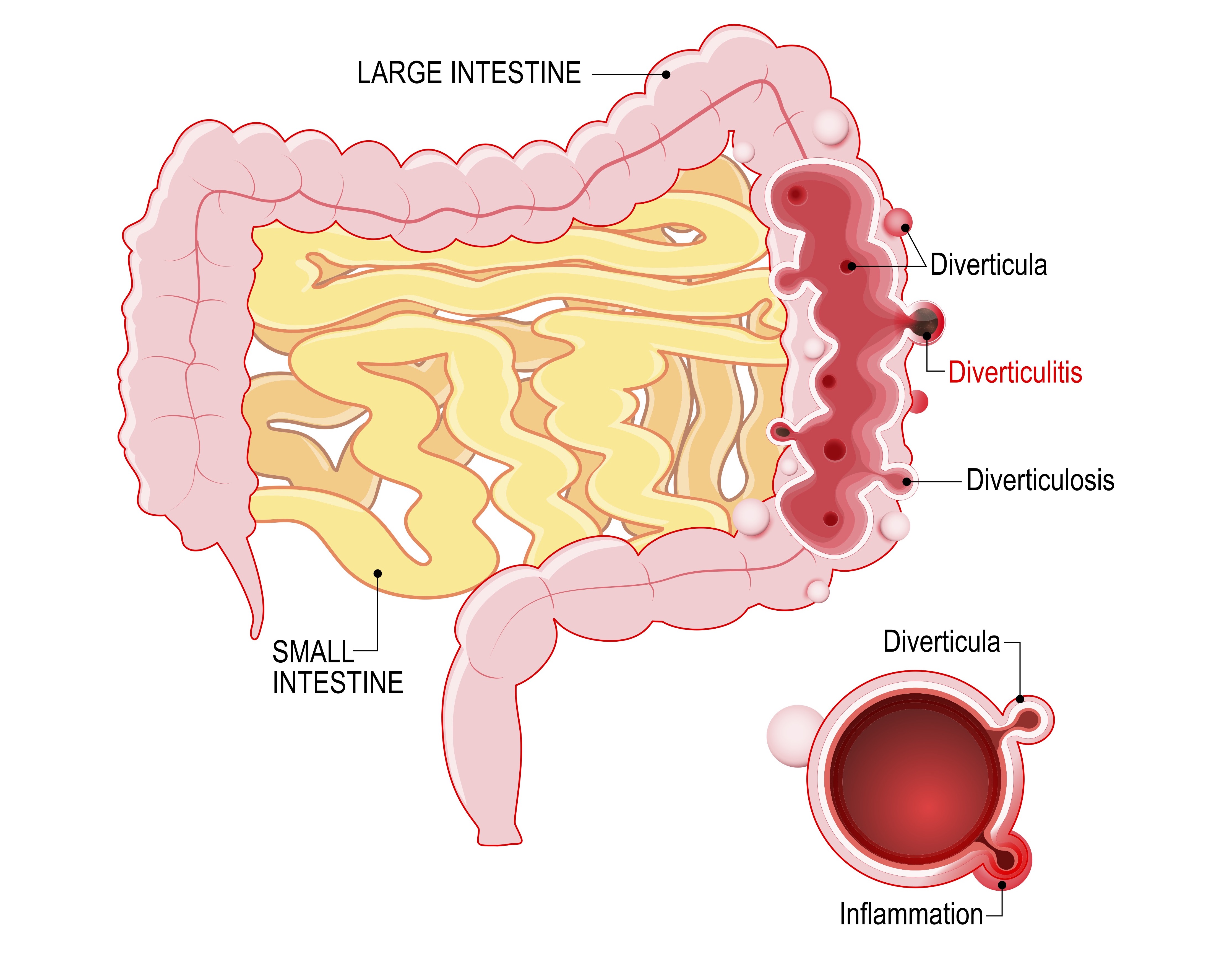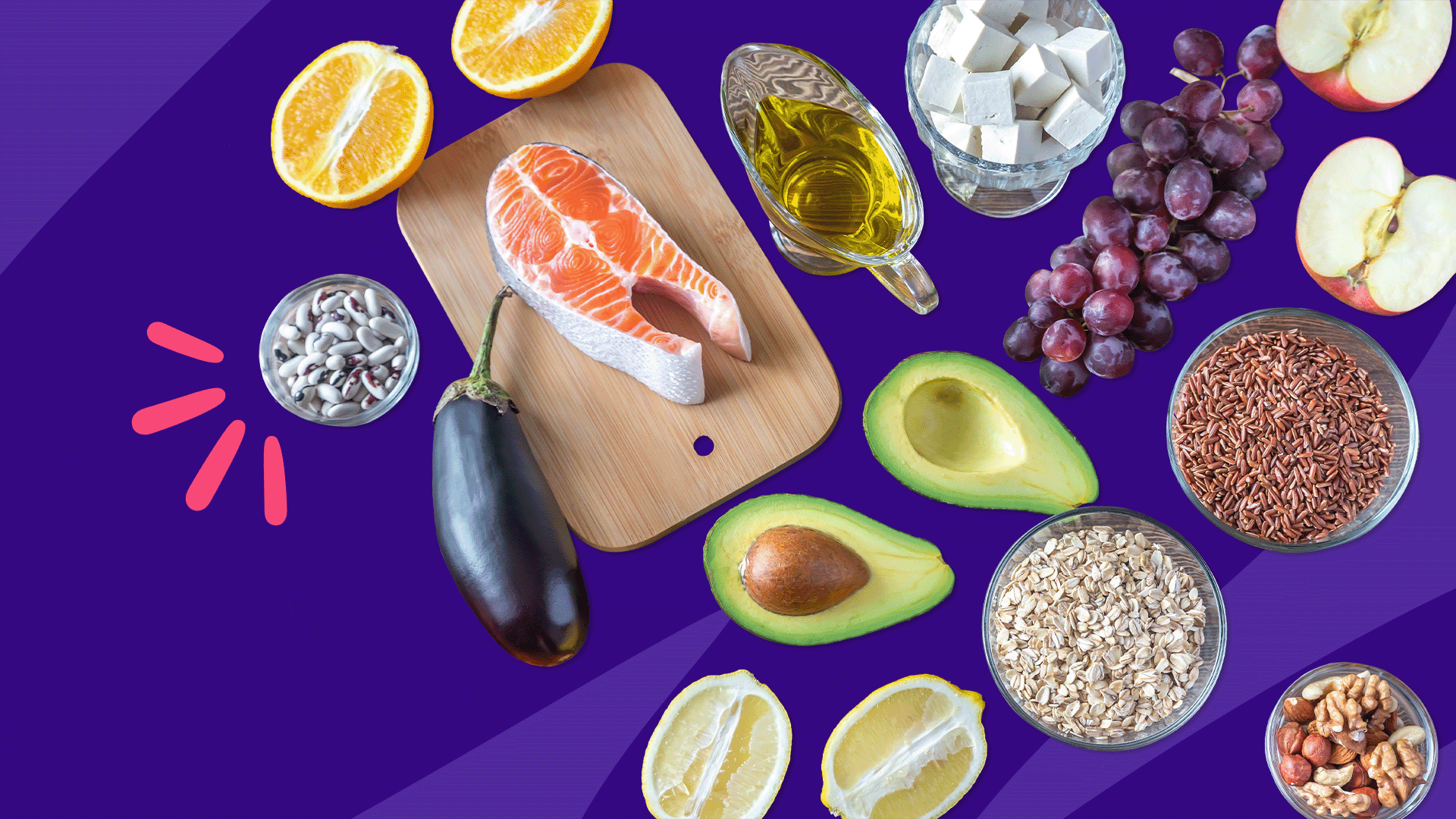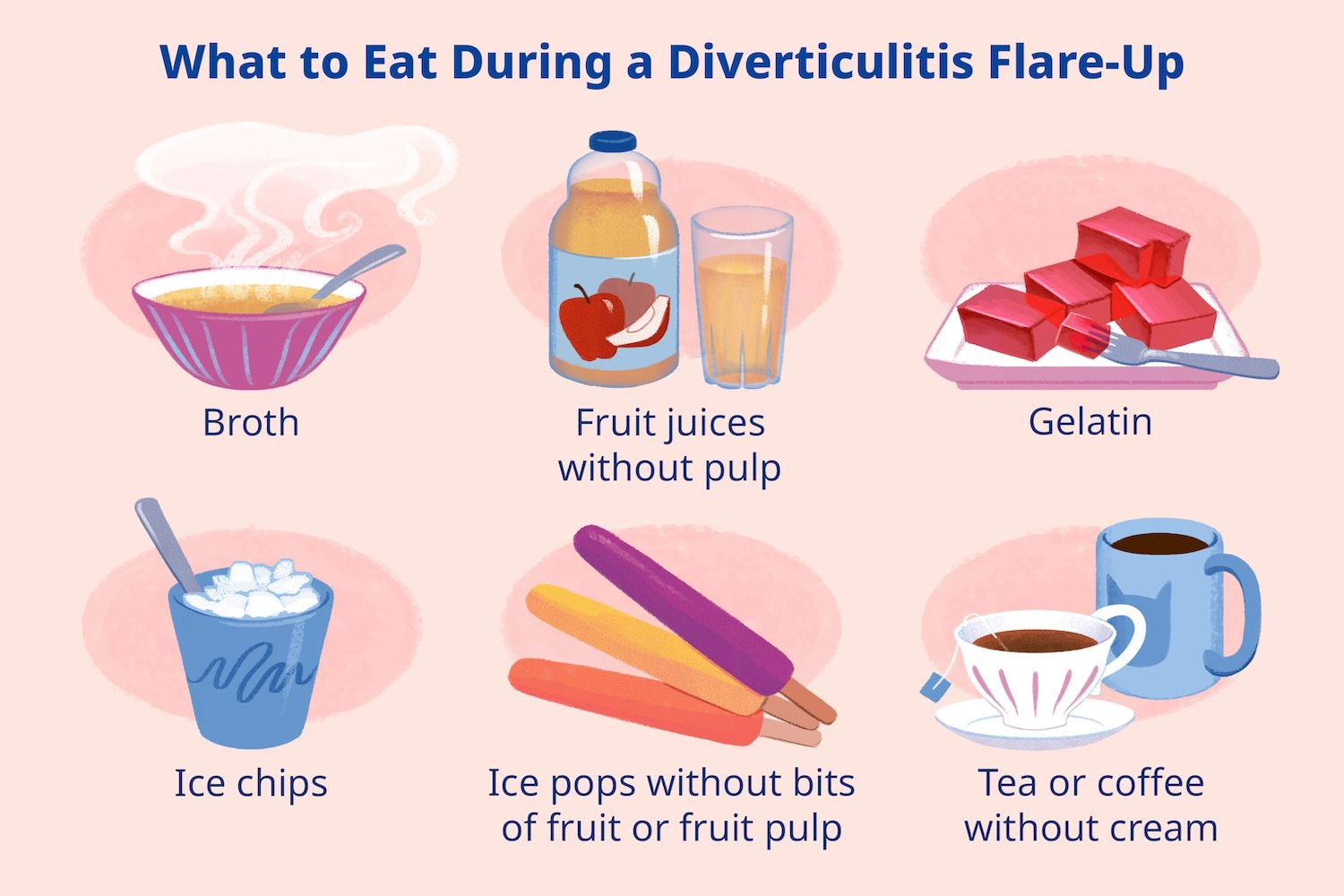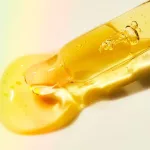When Pain Interrupts Everything
Let me cut straight to it… Have you ever felt such a weird and sharp stomach pain that it made you lose your train of thought mid-sentence? That’s what hit me one Tuesday—a pain in my lower left belly so out of nowhere and gut-twisting it honestly scared the hell out of me. If you’ve had that kind of pain, you know exactly how your mind races: “Is this just bad food? IBS? Appendix?” Spoiler—it was something else. That one wild punch in the gut started my whole journey of learning How I cured my diverticulitis and, not going to lie, totally reshaped everything about how I eat, stress, and live.
I didn’t want to lead off with any textbook-y “Diverticulitis is a condition where…” stuff. If you’re here, you probably know all about the cramping, the bloating, the anxiety of waiting to see if it’ll just go away… or if this is the time it doesn’t. Let’s get honest and real: I’m not a doctor. But I am the person who went from panicked Google searches and ER visits to putting my gut back in charge—without living in fear of the next flare.

Why Me? (And Maybe You)
I’ll level with you. I thought I was too young, too “not old” (ha), or too healthy-ish for something like diverticulitis. Guess what? My 40s, some ignored warnings from my body, and a life of skipping veggies, grabbing bagels on the go, and wayyy more desk hours than walks… it all caught up. Turns out, those little pockets in your colon—called diverticula—like to get mad if you never give them fiber or kindness. Who knew?
Food, Stress, and the “Oops” List
I love food. But I loved the wrong foods for far too long. Red meat, chips, processed stuff—easy, tasty, and totally gut-trashing. It all came to a head with that first real flare—pain, fever, you know the drill. Don’t even get me started on the stress. Crazy work deadlines, zero downtime, sleep that came in three-hour blocks. Apparently, my colon kept score better than I did.
Have You Felt This?
If you’re nodding, it might be familiar:
- Sharp, stubborn pain (especially left side)
- Weird bloating, fever, or even chills
- Bowel weirdness—constipation, then the total opposite
- Fear of eating anything at all
I honestly used to laugh off most symptoms. “Oh it’s probably just a bad burrito…” Nope. When you hit the point where sitting hurts and the anxiety spirals, it’s not just burritos. Honestly, that’s how I started googling 7 foods to avoid with diverticulitis because I was desperate for answers that didn’t involve another night on the ER’s daunting beige couch.
Doctor Stuff: Scans, Tests, and “Come Back”
The hospital part? Not as dramatic as TV makes it, but still all kinds of worry-inducing. The nurse poked my stomach, I winced, got a CT scan. The doctor gave me the look: “You have diverticulitis. Not too complicated, but you need to rest your gut.” Rest my gut? Can I put it on vacation? He laughed. I didn’t.
For the record: Diagnosis usually means a combination of poking, prodding, maybe blood tests, sometimes a colonoscopy (that’s a story for another day…), and then, if you’re me, a quick web search of “Is this going to ruin my next decade?” The answer: Not if you get smart.
Uncomplicated or Complicated?
The doctor kept saying “uncomplicated.” I clung to that word like a life raft. Mild case, just antibiotics and a liquid diet for a few days. But if you’re unlucky—or stubborn—you could end up in surgery. Not dramatic, just honest: if you keep ignoring flares or push your luck, things get, well, complicated—literally and medically.
Simple Table: Home vs. Hospital
| How Bad? | What Happens |
|---|---|
| Mild/Uncomplicated | Home rest, liquids, antibiotics |
| Severe/Complicated | Hospital stay, IV, maybe surgery |
A little scary, right? I got lucky. But luck runs out if you don’t change.
The Game-Changer: Natural Healing
This is where everything flipped for me. The meds helped for a few days, but I wanted to know how I cured my diverticulitis so I wouldn’t have to keep going through this mess. Was it possible? Maybe not “cure” like some magic trick, but could I really calm the beast… forever?
Liquid Diet (Yes, You’ll Be Bored)
The first few days: sad, clear broth. Apple juice. Jello. Boring, but my colon thanked me for the break. I remember those moments fondly—like a weird detox retreat, but in my robe at home. It worked. The pain faded.
Once things calmed, I cautiously started adding cooked veggies, mashed potatoes, a little rice. Baby steps. No raw salads yet, but each day I listened: Was my stomach angry, or chill? Rule one: Don’t ignore even small signals.
The Magic of Fiber (No Joke)
What doctors and every high school health teacher said… turned out to actually matter. Fiber. Lots more fiber. Oats, berries, beans, even chia seeds in yogurt. It wasn’t an overnight revolution, but a slow, steady shift. If you’re still on the fence, give it two weeks. I went from bloated and blah to actually regular (yes, I’m talking about poop right now. Friends can do that).
I tracked every symptom. If you want to make lasting change, record what you eat and how you feel. Super simple.
Everyday Fiber Swaps
- White bread —> Whole grain or oat
- Cereal —> Real oats, topped with fruit
- Chips —> Air-popped popcorn (and peanuts, in moderation)
- Red meat —> Lentil soup, beans, or grilled fish
If you’re worried about which foods to avoid, I can’t stress enough: check out 7 foods to avoid with diverticulitis naturally. Seriously, it saved me so much guesswork (and pain).

Probiotics: Gut’s Best Buddies
Here’s the cheesy, but true part: Your gut is kind of like a garden. Mine was a total weed patch after all those stomach flare-ups and antibiotics. Fermented foods—kefir, plain yogurt, kombucha—helped a ton. I’ll admit, I was skeptical. But after a week of adding plain Greek yogurt to breakfast and trying a few sips of kombucha here and there? Less bloating, more energy, just… calmer guts overall. UCLA Health and basically every dietitian ever seem to agree. Some people swear by probiotic supplements, but whole foods worked fine for me.
And hey, if yogurt isn’t your jam, try a smoothie with a handful of spinach and some kefir. It’ll surprise you. Or not. If it’s terrible, let me know what actually tastes good. This is a no-judgment zone!
Which Foods Helped vs. Hurt?
This is totally personal, but here’s what I learned after reading everything and living through flare-land:
- Berries, oatmeal, steamed broccoli: Good
- Fried stuff, seeds in bulk, random spicy experiments: Not so good
- WATER—so much water. Fiber needs it to do its thing.
Sometimes even “healthy” vitamins or supplements set things off for people. I definitely recommend checking your bottles (especially if you love a pharmacy haul like me). There are actually vitamins to avoid with diverticulitis that could make things more complicated, so read up and ask your doc if anything seems off.
There’s More Than Food: Move, Rest, Repeat
So much focus lands on what you eat. But honestly? One of my biggest changes was just… moving. When you’re in pain, the last thing you want is to walk. But after a few days, gentle walks—15 minutes at first—took the edge off constipation and boosted my mood. Once the fear faded, I even tried basic yoga (YouTube, baby steps), and just stretching during long work calls.
You don’t need to run marathons. Just consistent, no-pressure movement. And a lot more sleep, less scrolling. “Move more, stress less, eat better” is a cliché, but… it’s just true. You’ll know healing is working when you stop obsessing over your next meal—or your next flare.
Movement: Stuck-On-Sofa Edition
| Start Here | When You’re Stronger |
|---|---|
| Slow walks around the block | Daily brisk walks, try light cycling |
| Gentle stretching | Beginner yoga, light Pilates |
| Breathing exercises | 15-20 min continuous exercise |
In short: Listen to your energy. Some movement is always better than nothing.
No Flare-Ups for Two Years… Here’s How
I’m not saying it’s a miracle, or that How I cured my diverticulitis applies the same way for everyone. But it’s been two years of quiet, calm guts, and I can finally trust my body again. The trick? Consistency. Catch triggers fast—sometimes stress or skipping water for two days will still make me feel iffy, so I immediately go back to basics: high-fiber, soft foods, naps, walks.
I’m also now the “weird food guy” at family events, asking: “What’s in that casserole?” But I’m okay with it if it means skipping ER visits and a week of misery. If I can do it, you can too—seriously. I won’t say I’m “cured,” because apparently those little pouches never totally disappear, but I live symptom-free and that feels good enough for me. And trust me, a calm belly feels even better than a flawless party snack.
Stories From Friends (It’s Not Just Me!)
If you want proof it’s not all anecdotal, one of my support group pals did nearly the same thing—listened to her body, ditched most processed stuff, started her mornings with oats and berries, and hasn’t had a major flare since. There are more of us than you think, quietly out there dodging 7 foods to avoid with diverticulitis and asking for plain chicken at restaurants. Don’t be shy—do what feels right for your gut, even if it gets a side-eye from your in-laws.
One more tip: I regularly refresh myself (and my shopping list) with the latest vitamins to avoid with diverticulitis and revisit that “danger foods” list whenever I get complacent. Those tiny tweaks keep me in the safe zone, and I hope they work for you too.
You’ve Got This. Take the First Step
I get it—chronic stuff like this is overwhelming, and it feels unfair. If you’re reading How I cured my diverticulitis and thinking, “Is this really possible for me?” please take heart. It’s not about never eating pizza (I have, just… smarter), or turning into a kale smoothie influencer. It’s about steady, tiny upgrades: more fiber, less junk, regular movement, actually getting sleep.
You don’t have to overhaul your entire life in one go. Start by reading labels. Try swapping oatmeal for cereal next week. Take a short walk after work instead of collapsing in front of the TV. And if you try a new recipe, let me know how it goes (bonus points if your family actually likes it). Bit by bit, you’ll see that not only can guts heal—they can thrive.
Your journey is yours. I just hope my story gives you hope, a nudge, and a few good laughs along the way. Go easy on yourself and don’t ever think you’re alone—your gut, literally and figuratively, wants you to win.


















Leave a Reply
You must be logged in to post a comment.